Editor’s Note: This story is part of an ongoing series about the accessibility on campus.
For most students, a small wheelchair symbol embossed on a pole with the words “Lyons Hall” and a left-facing arrow will quickly blend into the rest of the Quad. The fact that the construction space next to St. Mary’s Hall seems to fill with the same stone planters flanking O’Neill Plaza will hardly register. These are easy oversights for some, but critical pieces of information for others—they give students with disabilities the information necessary to access Student Services, or make them wonder if they’ll have to traverse the full perimeter of the plaza in order to gain access to St. Mary’s once it reopens.
Before the beginning of fall semester, signage was added around campus in order to make disability-accessible routes more obvious, a new webpage detailing the school’s disability resources was added to the University’s homepage, and a door was added on the second floor of O’Neill Library to eliminate the need for stairs when moving across the atrium. O’Neill also replaced Bapst Library as the late-night study space. Accessibility was a factor in the decision to keep it open continuously from Sundays through Thursdays, according to University Librarian Thomas Wall.
Some students, though, say these changes are barely scratching the surface of problems surrounding access at Boston College. Maryan Amaral, LGSOE ’18, attended BC as an able-bodied undergraduate. She now uses an electrical scooter or a wheelchair to get around, and, upon returning to BC, noticed a host of accessibility issues.
“There needs to be a large change in infrastructure,” Amaral said. “There’s a need to communicate with all the students and make accommodations for everybody under 504.”
Section 504 of the Rehabilitation Act of 1973 guarantees rights to individuals with disabilities. BC is subject to Section 504 and the 1990 Americans with Disabilities Act—which prohibits discrimination based on disability—because it receives federal financial assistance from the U.S. Department of Education. Institutions subject to the act are responsible for providing students who have disabilities with the services necessary to afford equal opportunity, but are not required to make adjustments that would fundamentally alter a program or impose an undue burden, according to the DOE website.
Frustrated by what she termed a lack of administrative response, Amaral filed a formal grievance with the Department of Education’s Office of Civil Rights (OCR) last May. If students do not think that BC is meeting its legal responsibilities, the University first tries to address concerns informally through the departments or offices closest to where the issues originate. Should the grievant be unsatisfied with the initial response, though, he or she can pursue BC’s formal grievance process, which is arbitrated through the University’s ADA/504 Coordinator, Richard Jefferson. Going outside BC’s process to file a grievance with the OCR is seen as a last resort.
Amaral provided a copy of the complaint to The Heights. It stated that the OCR would be investigating four main issues: whether programs and activities within specific University buildings failed to satisfy federal accessibility requirements; whether the University discriminated based on disability because of improper procedures to address accessible parking, snow, and ice removal; whether the University did not designate a person to coordinate its efforts to comply with the requirements of Section 504 of the Rehabilitation Act of 1973; and whether the University failed to adopt grievance procedures to resolve complaints arising under Section 504.
The OCR is currently investigating the discrimination claims, a spokesman from the Department of Education said in an email. Citing federal privacy laws, the spokesman would neither confirm nor deny that the investigation had stemmed from any specific individual’s grievance. While most of the office’s cases are completed within six months of the original complaint—which would put the decision on BC’s compliance sometime in November—the spokesman emphasized that some cases take longer to investigate due to the nature and complexity of the issues.
The University received notice of a complaint filed with the OCR concerning the accessibility of programs and activities associated with certain campus facilities, BC’s office of the General Counsel confirmed in a statement.
“In a manner fully commensurate with its commitment to provide program access to all persons, the University is making diligent efforts to assist and cooperate with the OCR in its review,” the statement read.
Almost five months after filing a federal grievance, Amaral still sees multiple access problems at BC. She says that since the wheelchair lift has been removed from the O’Neill atrium, the stairs in the O’Neill Atrium remain open while the elevators are inaccessible when the library is closed. Taking the elevator up to the roof of the adjacent garage is listed as the accessible route to get to Main Campus—but, she argues, the open parking lot is not a safe walkway, and the distance is in excess of what other students must travel, which is the case for many accessible routes. Amaral pointed to other problems, some stemming from construction choices years ago—like the slope of the brick walkway that leads down to Higgins Hall—as well as obstacles posed by recent construction projects, like Stokes Hall’s heavy doors. To her, this is stark evidence that accessibility is not a focal point of renovation on campus.
“It’s an afterthought, if it even gets to be an afterthought,” Amaral said. “We would like it to be something—that they take the laws into consideration for the student body, the visitors—to make sure that BC is an accessible campus for everybody. Not just people who can walk.”
William Tibbs, the director of planning and design within the Facilities Department, asserted that the accessibility of BC’s entire campus is continually reviewed.
“This has been an ongoing effort for over 10 years, and we have made steady progress in addressing campus barriers through many targeted major and minor projects,” he said in an email. “These include ramps; lifts; curb cuts; improvements to paths, walkways, and bus shelters; dorm room reconfigurations; Res Hall accommodations; and improved handicapped parking. We have done a lot, but there is still lots to do.”
Tibbs pointed out that in addition to the federal ADA and Section 504 statutes, BC is subject to the Massachusetts architectural access code (521 CMR 1.00), which functions as a building code and sets requirements for new construction and major renovations. He noted that the ADA and Section 504 are essentially antidiscrimination laws, rather than building codes—they include physical and dimensional guidelines, but their main purpose is to ensure the provision of reasonable program accommodations.
“Given the particular challenges of the multi-elevational geography of a campus like ours, we have professional consultants to assist us with interpreting the [regulations],” Tibbs said. “When specific student or employee needs or issues arise, our goal is to accommodate, either through physical change or other [operational] means.”
Tibbs has been asked to coordinate accessibility-related efforts within the Facilities Management Department. He is a member of the Disability Services Coordinating Committee, as well as one of the departmental liaisons in attendance at Monday’s meeting.
Last spring, the committee—co-chaired by then-Dean of Students Paul Chebator and Vice Provost for Faculties Pat deLeeuw—was formed to evaluate and improve coordination of services for students with disabilities. The committee met for the first time this past Monday with a group of more than 50 people, including liaisons from around the University. Various groups from around campus sent liaisons to hear from those departments that provide services, ranging from the law school to those who work with student-athletes, people in human resources, information technology, and the Connors Family Learning. After the informational meeting, liaisons were tasked with educating their own departments about access, and to stay connected with the Disability Services Coordinating Committee in case further issues come up.
“It’s a first step, and I thought it was excellent,” said Senior Associate Dean of Students Carole Hughes. “I was really encouraged by the liaison meeting. It was great to have all that participation and all that interest and all that commitment.”
While administrators’ work is underway, Amaral and Phoebe Fico, A&S ’16, recently founded a new group called the Disability Awareness Committee (DAC).
“I would not say that BC has embraced persons with disabilities on this campus,” Amaral said. “I’m hoping that our Disability Awareness Committee will promote the need for that and open up options, and turn this into a positive.”
Fico, who is also planning to work with UGBC in order to increase advocacy and conversation around the issue, expressed a similar feeling in an interview last week. “People with disabilities are taught not to talk about it, sort of to put it out of our minds to make other people feel comfortable,” Fico said. “I think that we need to get more comfortable talking about it, and being okay, and being open.”
Susan Michalczyk, a professor in the honors program, is serving as the DAC’s faculty advisor.
“There needs to be an acknowledgement that this is not about a specific group of complaining kids or faculty or staff,” she said. “It is an issue of conscience—it is a matter of responding to the good and the need of the entire community.”
Michalczyk said that the issue of disability access at BC has been a recurring problem for years. She detailed what she has seen as bureaucratic reluctance to address needs efficiently, citing examples like the struggle to get Braille signs installed in dormitories, or to add a doorknob to the accessible door in Stokes Hall. There are too few disability-accessible parking spots near academic buildings, she said, and she brought up extra mobility issues that students face when paths are covered in ice or snow. In Michalczyk’s view, students are made to feel shamed and alienated when they ask for assistance.
“There have been some minor, individual changes [since the spring],” Michalczyk said. “But I think the resistance is still there. The goal of [the DAC] is to … increase awareness, so it isn’t just one individual who takes on the system or tries to figure out problems, but there’s a response in place that matches up with the law of the ADA, so that we are in compliance—not only legally, so we can attain higher standards of academic and social justice excellence at BC—but also because it’s the right thing to do. We need to welcome all students.”
To that end, the DAC plans to host a “day in a wheelchair” event on Nov. 7. Other events including speaker panels or wheelchair basketball are also in the works.
While the administrators involved in the Disability Services Coordinating Committee seem confident that progress is being made and issues are being handled as they arise, Amaral, Michalczyk, and the DAC are not convinced—and believe that a shift in outlook is necessary throughout the University.
“I believe there’s an attitudinal barrier here, and there shouldn’t be,” Amaral said. “This is BC, it’s a Jesuit community. You have some of the most caring people on the planet … it is a great school. We just can’t quite get there.”
Featured Image by Emily Fahey / Heights Editor

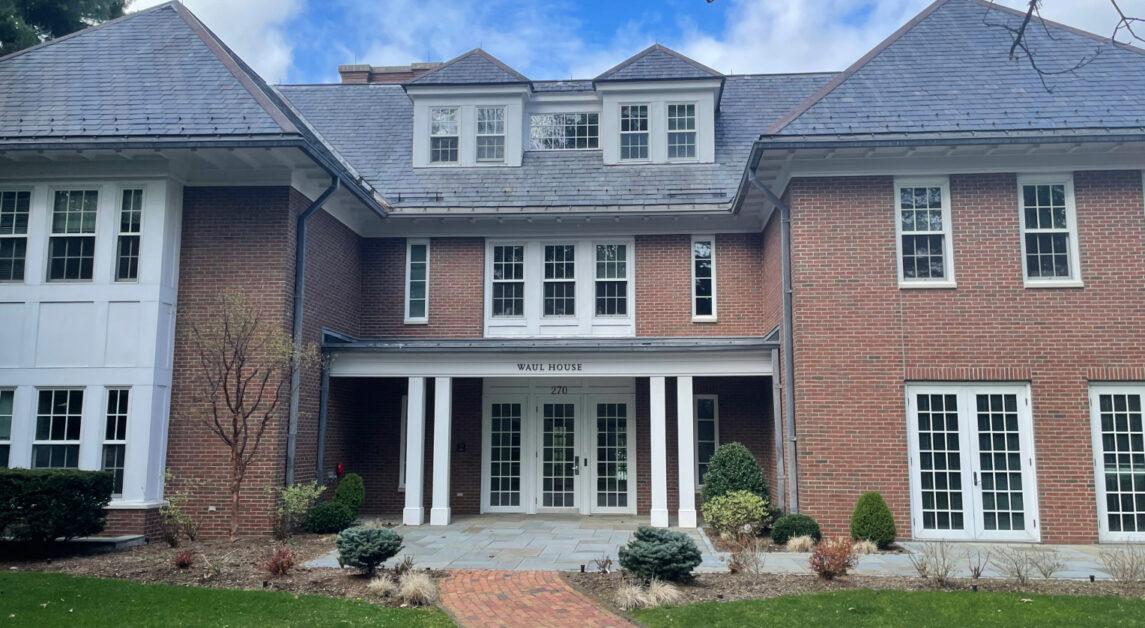
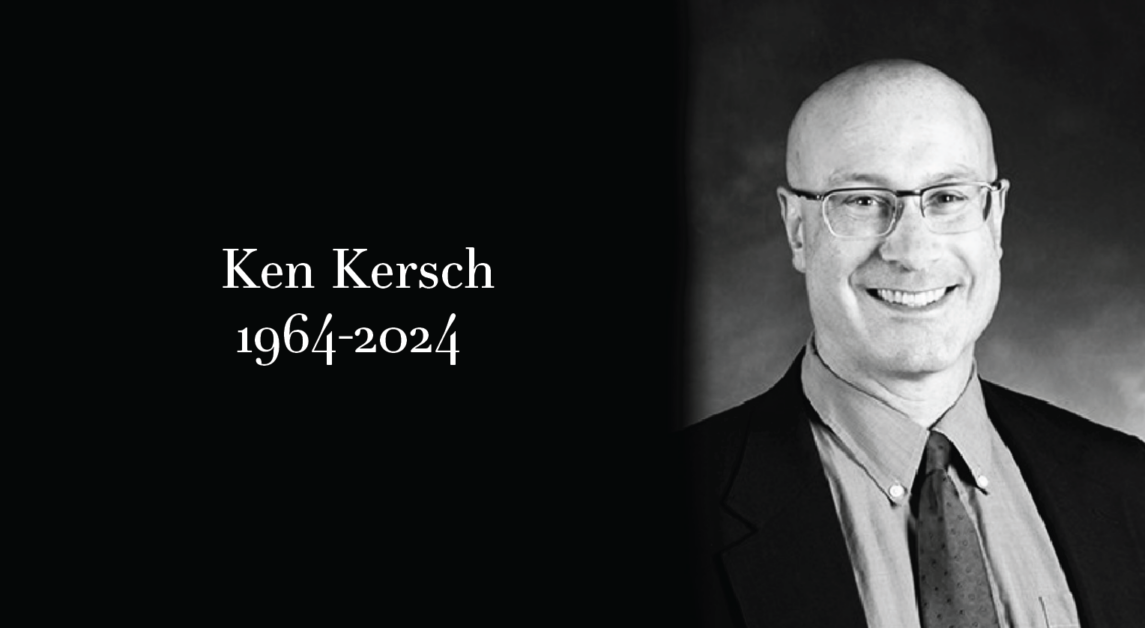

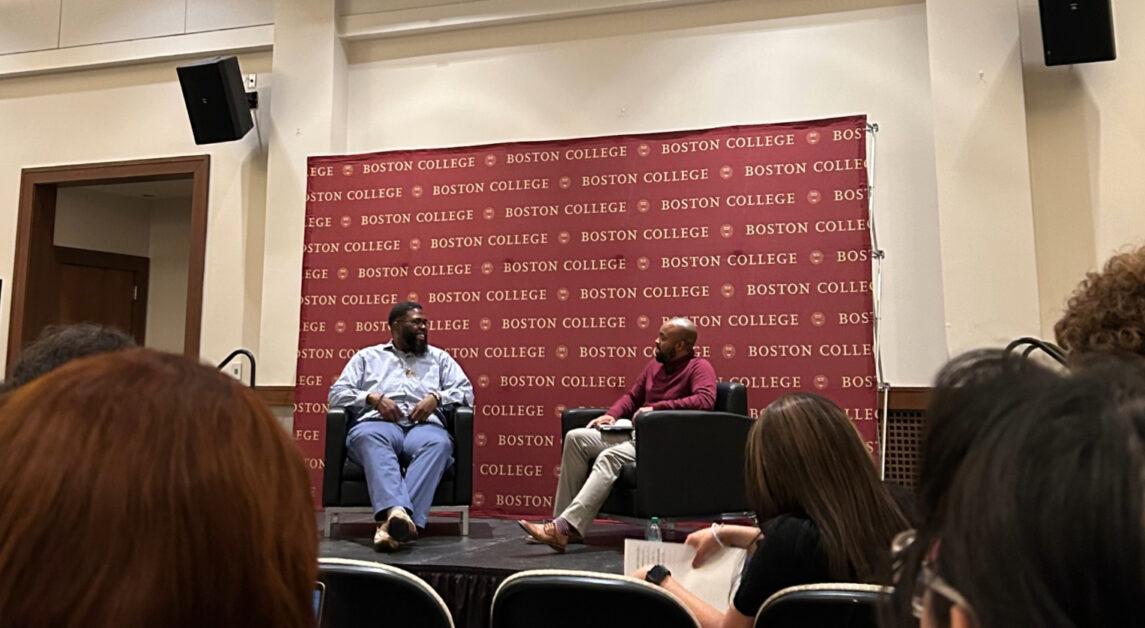

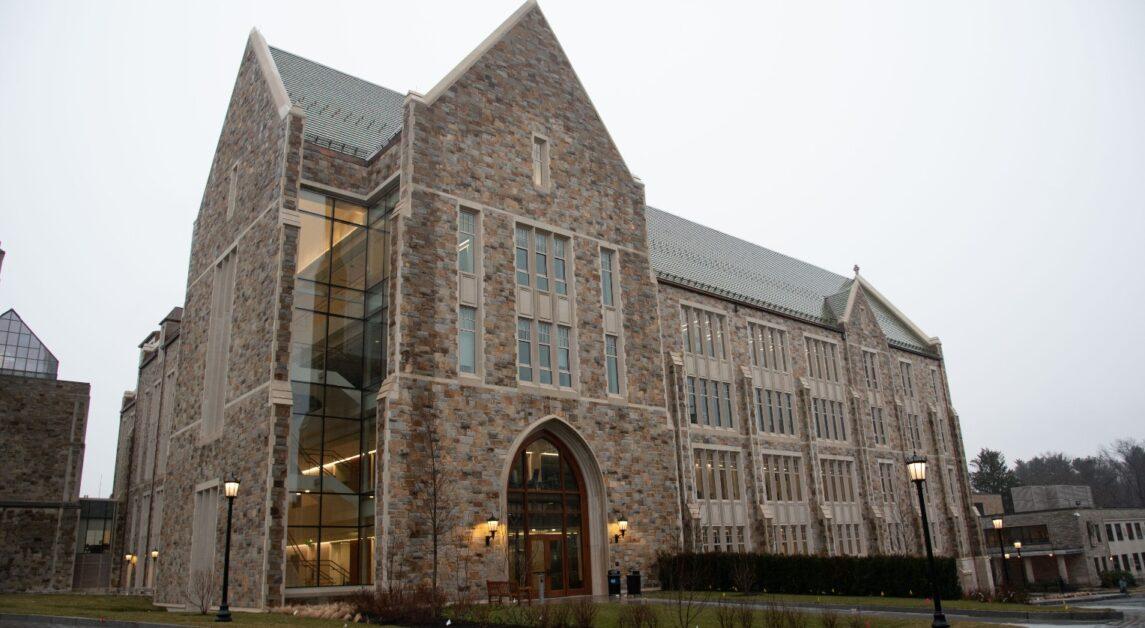
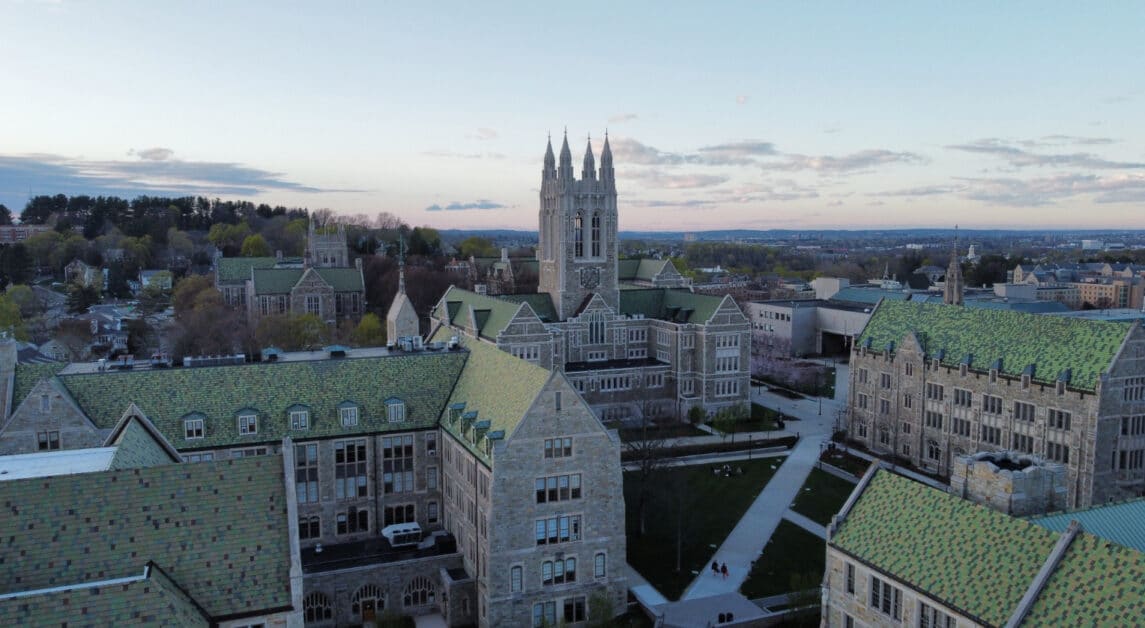





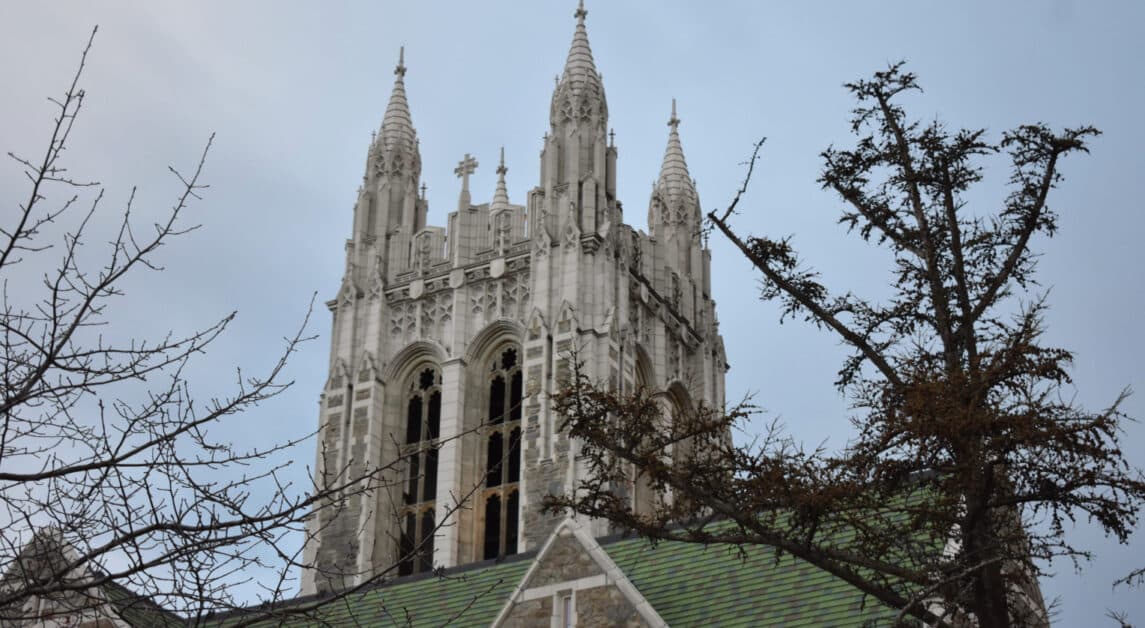
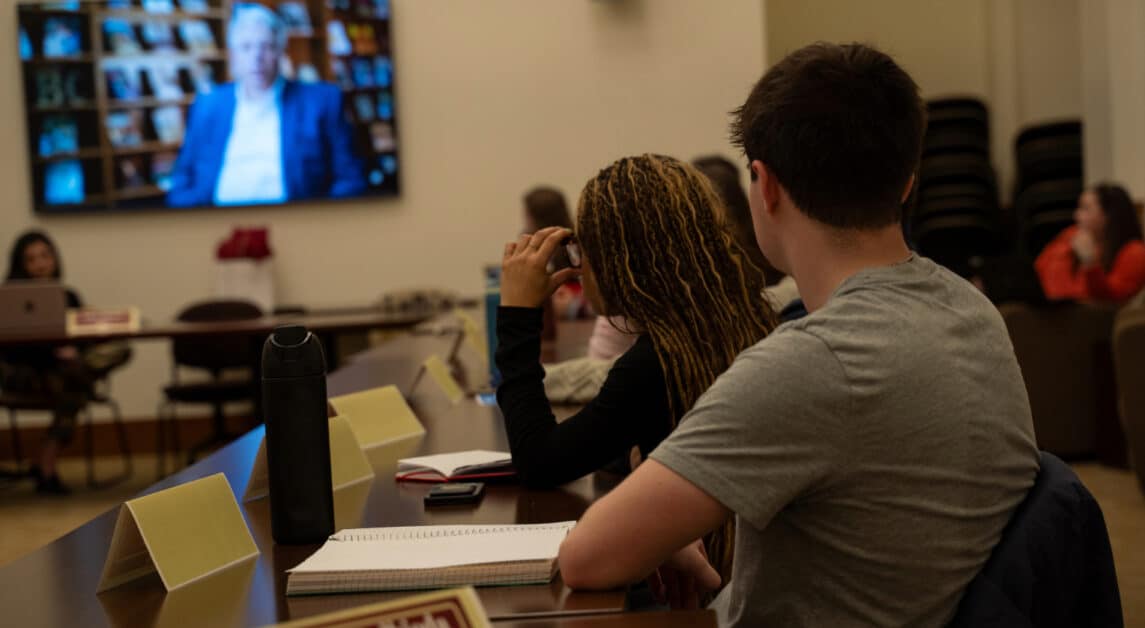

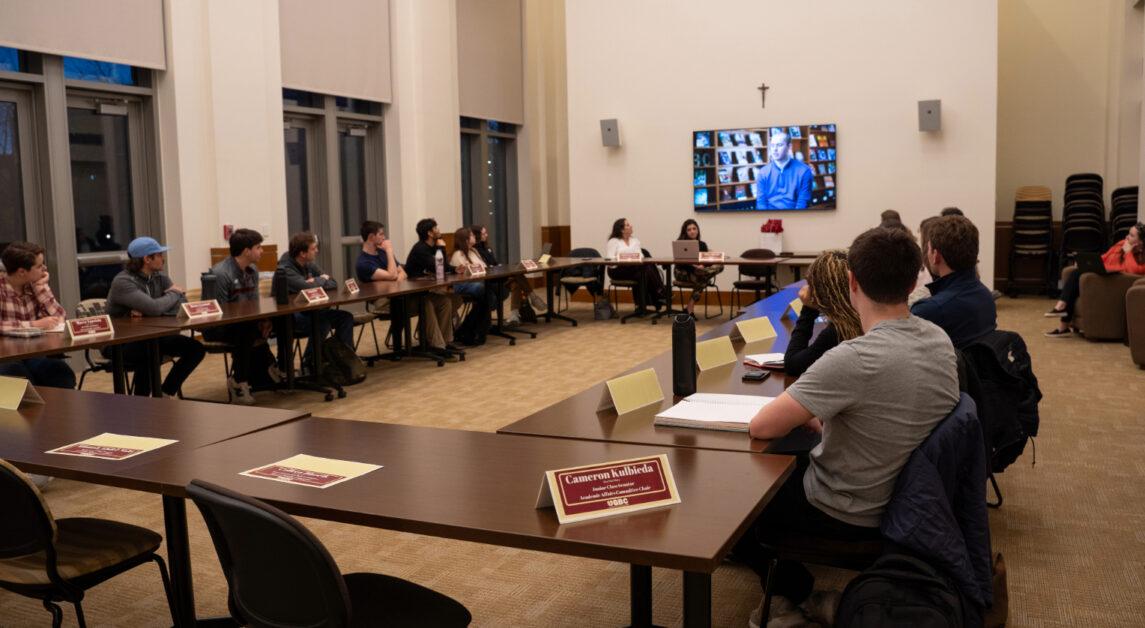

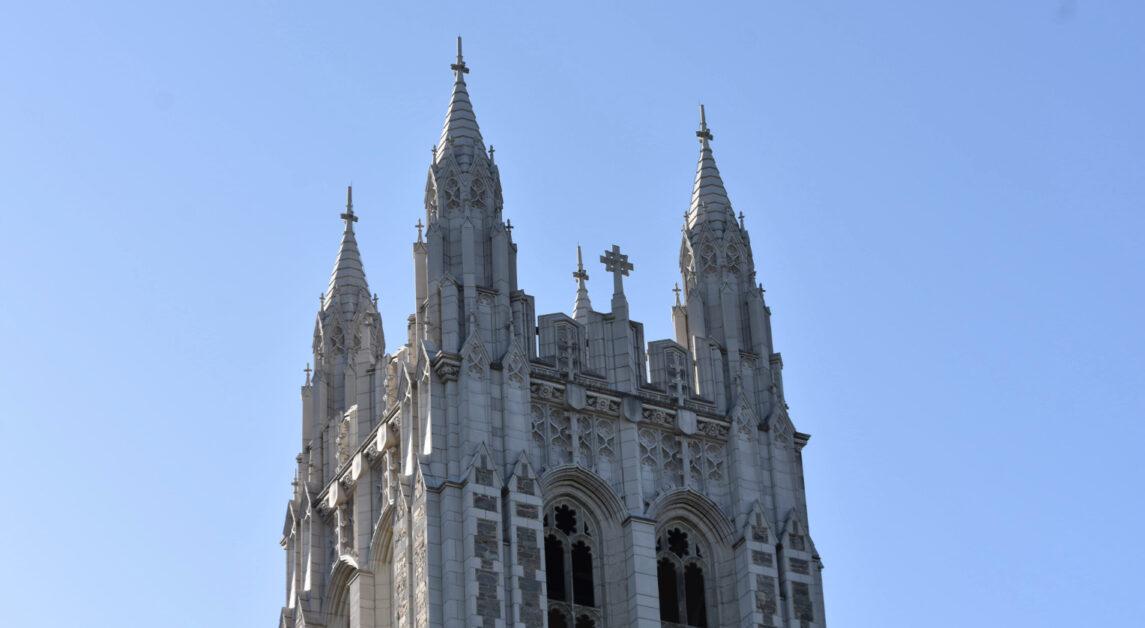
Greg Mihal • Oct 10, 2014 at 12:44 pm
Thank you to the Heights for covering this issue. Sad to hear that BC hasn’t made greater strides in addressing accessibility on campus, especially since many minor improvements could have been implemented years earlier. Accessibility not only affects students but their family, faculty, administrators, employees, visitors and alumni. I would hope that BC Administration, the Alumni Association and (perhaps) the Office of University Advancement would want the greatest possible audience to experience all the wonderful things happening on campus first hand. I am very proud of the students who are working to raise awareness of the issues disabled students face. This seems like a great opportunity for the entire Boston College community to show they are truly ‘Eagles for Others’ right there on The Heights. #WeAreBC